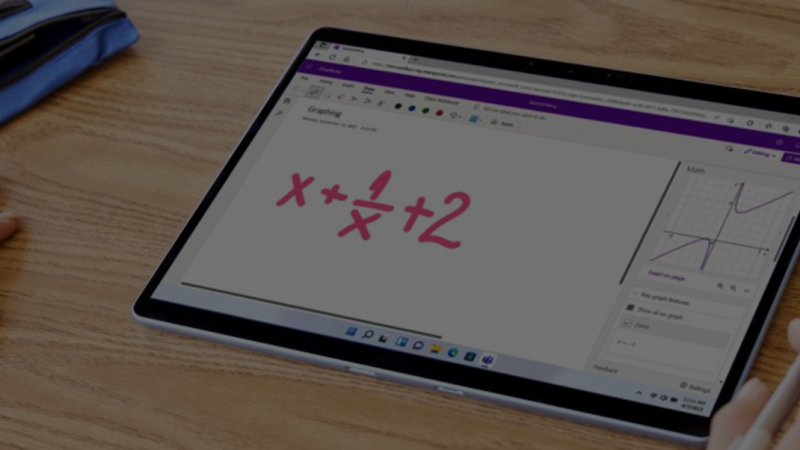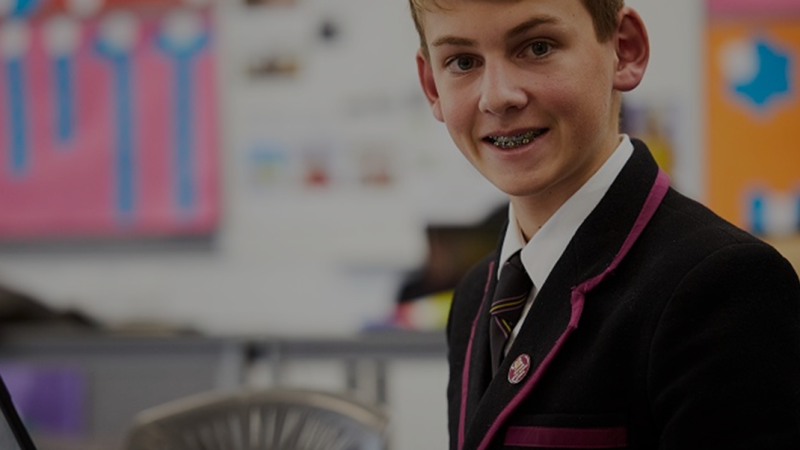
The AI Potential for Education

One of the great 80s songs reminds us that education is an essential component to empowerment: “I believe children are the future, teach them well and let them lead the way.”
As we consider AI’s entrance into our lives in the last 10 months, this sentiment rings true. Young people will hold the potential of AI in their hands and educators are the key to unlocking that potential.
Of course, AI has been in our lives for decades but its recent entrance has proven very personal, engaging, and natural with the ability to talk to technology through the introduction of large language models with note to ChatGPT.
Part of the success of ChatGPT has been in its simplicity and ease of use and people are sensing that it represents the start of something truly transformational in our relationship with technology.
So, when I think about AI’s application in education, my mind goes straight to what is possible?
What if we can manage the risks, build the rules, and embrace the opportunity – what then might the classroom of 2035 look like? How might we learn in the future with AI as our always-on, safe and reliable copilot?
Through human history, we’ve built things that can do things we can’t. Starting with small breakthroughs and rising to huge scale and impact. AI is no different.
That’s the lens to consider the classroom of 2035. Starting small now. Scaling to transformative large-scale impact in the future.
So, let’s consider our AI starting point, with large language model generative AI being used as a tool to give educators more time. This is an acute need and one that is likely welcomed by educators in all fields. It’s as simple as doing things faster like writing a class outline, preparing materials, and compiling presentations. Small? Sure, but it’s not going to stay that way.
Because freeing up time is freeing up the minds that will shape the future of education. And what happens when those minds turn to immersive education, powered by AI?
The learning is well underway. The benefits of immersive education like Minecraft Education are showing us that immersion delivers students the people skills that will get them the jobs of the future through foundational skills across communication, solving problems and working collaboratively with others.
If we look to the classroom of 2035, we’re seeing the possibilities of augmentation to expand these immersive environments. Where children can learn from ‘masters of learning’ – learning specialist skills through collaborative practical application like engineering, science, and maths. Consider being asked by students, why is it important to learn maths? To answer, we can take the learning from the classroom to immersive experiential application in the real world.
This is learner powered, educator supported learning that will deliver skills-based education long before learners hit the workplace. Arguably accelerating the agility of educators to respond to the fast-evolving skills landscape to prepare students and fill talent pipelines.
And above it all is the question of how pedagogy can power AI innovation.
Let’s consider that across six areas that reveal the heart of AI potential for educators and learners alike.

Intervention – AI can support educators in recognising students that need different support in their learning process.
Tutor – create units of enquiry for students to explore around a set topic. This will see educators building AI systems that can help a student learn at their pace, giving guidance not answers and adapting to the unique needs of every individual.
Coach – AI was built to give us the ability to engage deeply on a subject, inquire critically, work on complex problems, but at the individual’s speed, pace, knowledge and understanding.
Collaborator – generative AI is a powerful collaborator so you can test ideas and theories and lead the AI to providing different perspectives. Humans struggle to see beyond their own reasoning, with the right prompting and development – AI can help students see their work from another perspective.
Student – There’s lots of malleability in AI models to be instructed in complex ways, so can flip to thinking about how the student teaches the AI. ChatGPT today is a great example. Don’t think of it as a question-and-answer tool. It’s about context and scene setting in prompts to get the highest value.
Simulator – Learning through simulation will help students to engage differently with a problem in repeatable patterns.
Concepts like the ‘flipped classroom’ – where students learn to explore knowledge independently and then use the classroom time to perform critical analysis of their learning are well discussed. The original 2-sigma problem as defined by Benjamin Bloom in 1984 suggested the very idea that if we could deliver 1:1 learning in combination with mastery skilling we can accelerate the rate and power of learning.
AI makes both dreams possible.
I believe we are at the start of a robust process of learning how to embrace the AI potential in education, to enable the classroom to be a place of analysis and immersive learning. If we consider how to leave the process of students getting the concepts and foundational learning to the home with AI as copilot, then the classroom can be reimagined. Educators’ skills can be elevated to creating a new type of classroom. And AI as a tool, serving to empower and enrich both students and educators far beyond the borders of what is possible today.
Categorised in: Education, Industry
This post was written by Lee Hickin









